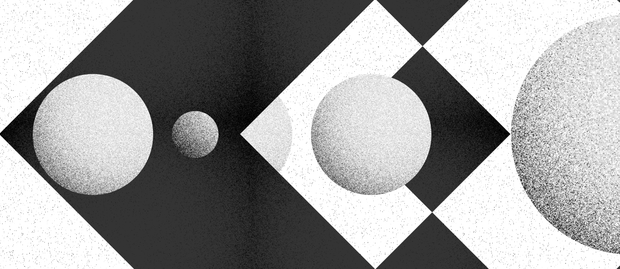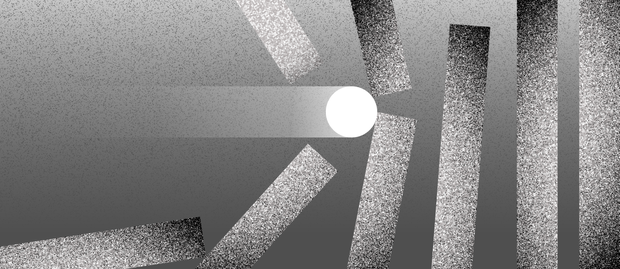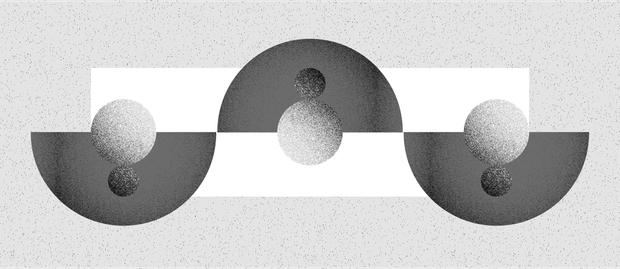
How to Collect Digital Art
What is digital art?
The art world is transforming. As technology revolutionizes artistic expression, digital art is a new wave of collecting. This tendency involves collecting original digital artworks, which can include digital drawing, painting, 3D modeling, and animation.
This article, however, takes center stage with digitized versions of traditional artworks, blurring the lines between analogue and digital and potentially redefining what constitutes a digital masterpiece. This exciting new frontier offers a unique opportunity for art lovers to delve deeper and explore the world of digital art collecting.
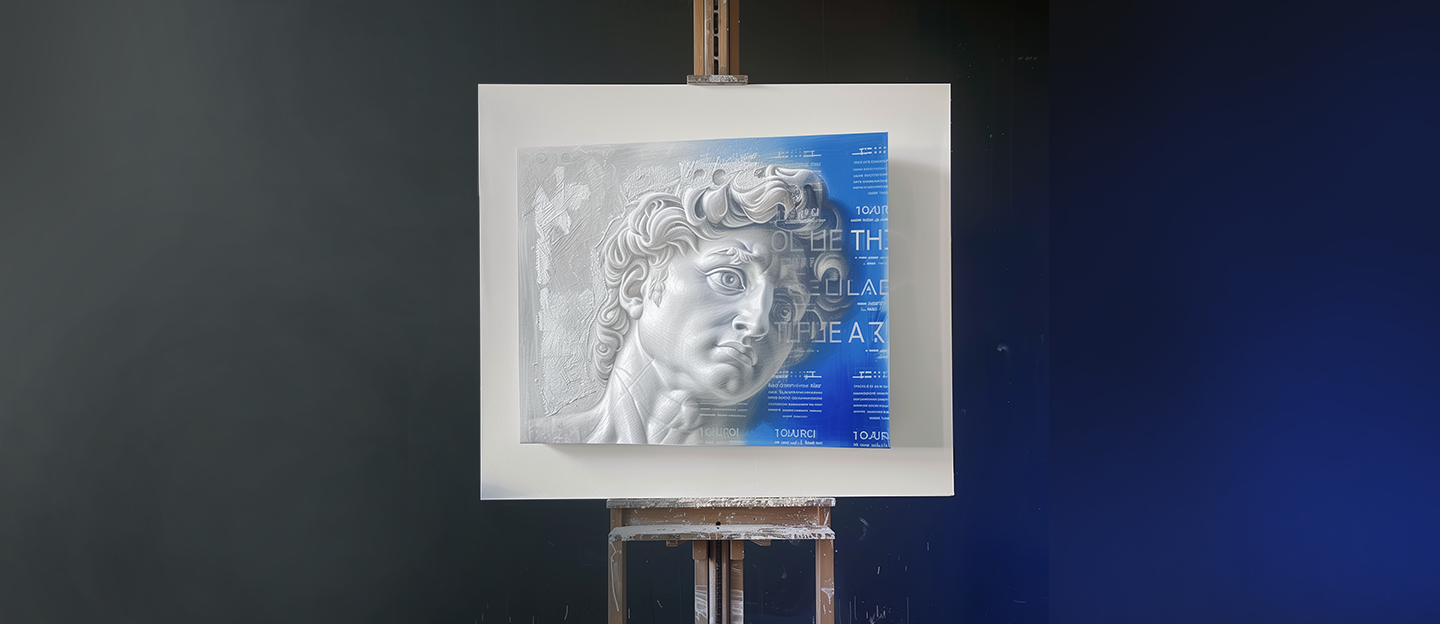
How do you buy digital art?
Before discussing "How to collect digital art and expand your collection," here's a brief overview of purchasing digital art. Understanding how to buy these unique pieces is crucial for building your digital collection.
Where can you buy it?
Online Marketplaces:
- Established Art Platforms: These reputable sites offer curated collections with secure transaction systems, like Sotheby's Metaverse.
- Dedicated digital art platforms: Explore platforms like Pisarto for a wider variety of digital art forms and potentially discover niche styles.
- Online auctions: Platforms like OpenSea can be an exciting option, but be prepared for potential bidding wars and research the platform's reputation.
Directly from Artists:
- Artist Websites or Social Media: Many artists sell directly through their platforms, allowing for a personal connection and potentially better insight into their work.
- Art Fairs or Conventions: These events offer a chance to experience the art firsthand and connect with artists directly.
Essential Considerations:
- Artist Investigation: A thorough examination of the artist's background, artistic style, and reputation is crucial before acquiring a piece.
- Review the Reviews: Insights can be gleaned from reviews left by other collectors about both the artist and the platform.
- Understanding Usage Rights: Clarity is essential regarding the limitations and permissions associated with the artwork. Is it strictly for personal use, or are there printing or commercial use rights included?
- Prioritization of Personal Connection: The artwork should ultimately resonate on a personal level. Pieces that align with your taste and evoke emotion or intellectual curiosity are ideal.
Exploring and Enjoying Digital Art
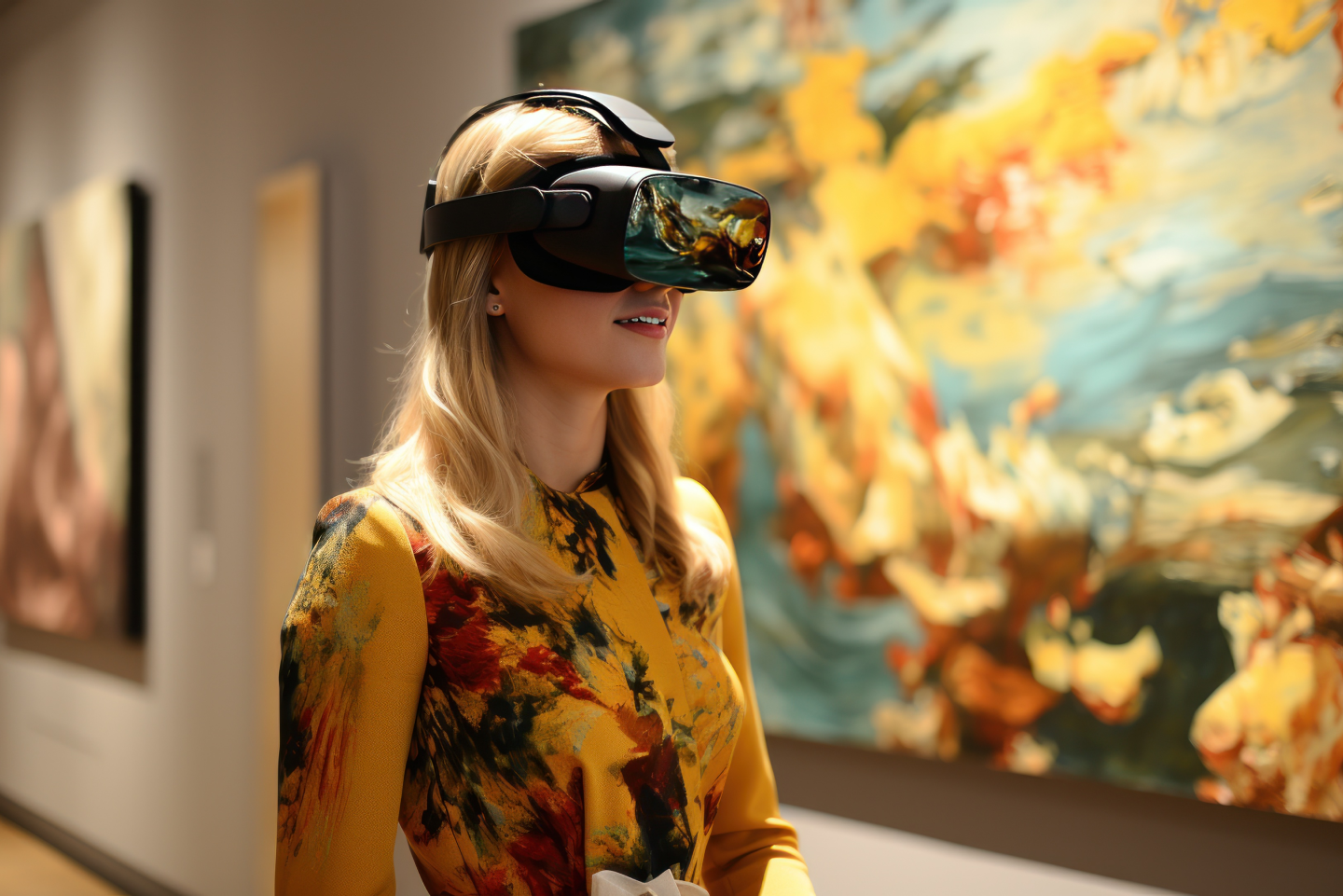
There's a misconception that digital art can't compete with the experience of admiring physical artwork in a gallery setting. However, the digital art world is making significant steps forward, offering even more immersive, accessible, and breathtaking experiences. While VR and AR promise exciting new ways to interact with art, let's not underestimate the power of a good old screen!
Traditional screens (computers, tablets, phones) provide a convenient and detailed way to appreciate digital art. You can zoom in and closely examine every brushstroke, texture, or shape, revealing the artist's technique and hidden details that might be missed at an average viewing distance. This level of detail can be just as captivating as standing before a physical piece.
Some platforms even allow rotating or manipulating 3D models for a full exploration. Modern, high-resolution displays (4K or 8K) showcase the artwork in stunning detail, allowing you to appreciate the full richness of color and clarity.
Emerging technologies are transforming how we experience art. VR headsets (like Meta Oculus) let you step inside the artwork, while AR glasses (like Vision Pro) overlay digital art onto the real world, creating interactive experiences. Imagine being surrounded by a 3D painting in VR or having a digital sculpture come alive on your coffee table with AR.
These technologies are still new, but they offer a glimpse into the exciting future of digital art consumption. Galleries and exhibitions are already experimenting with VR/AR, so keep an eye out for them. As these technologies develop, we can expect even more innovative ways to experience the power and beauty of digital art.
Digital Art Collecting
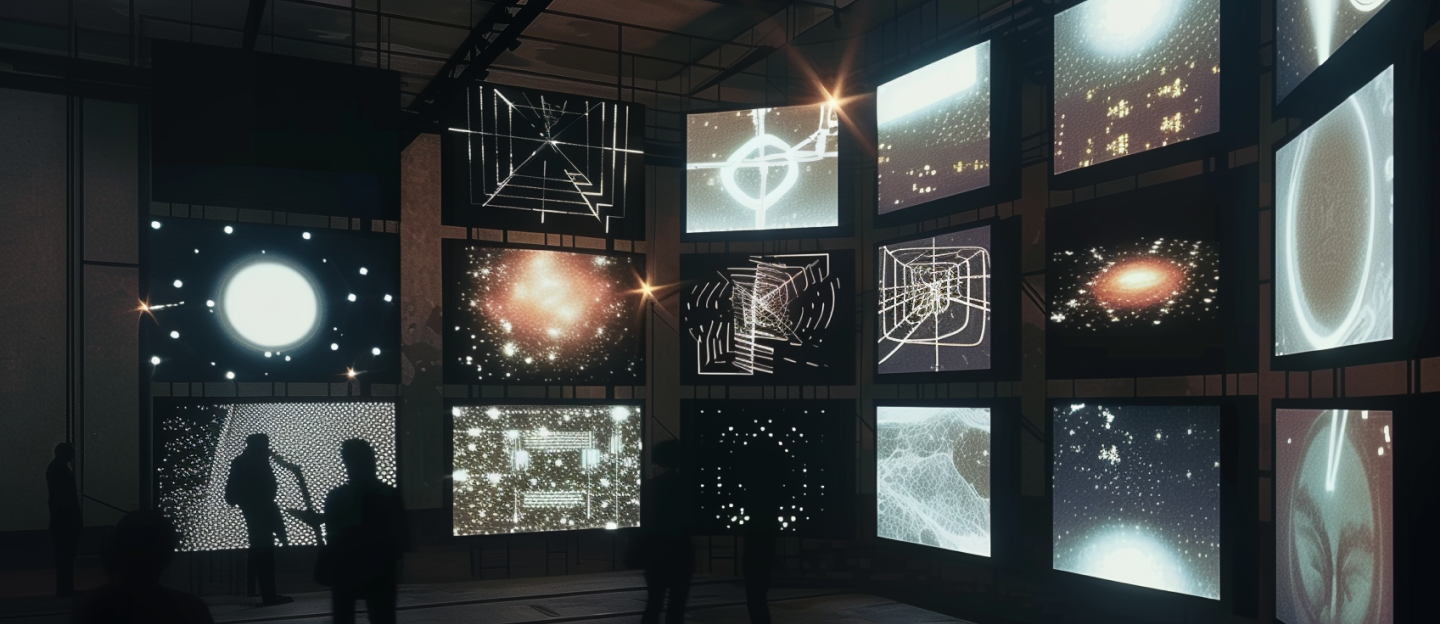
What is digital collecting?
Collecting digital art isn't just about acquiring a captivating artistic expression that sparks your soul. It is about directly supporting artists, pushing the boundaries of creativity, and shaping the future history of art. Understanding the technology behind digital artworks – from file formats and encryption methods that ensure the authenticity and security of your collection, to blockchain technology and smart contracts that revolutionize ownership models – empowers you to become a responsible and informed collector.
Overall, collecting digital art is truly fascinating, as it reflects the essence of the XXI century. It combines heart-touching art with modern technologies. What else in this world could better describe living in 2024?
Digital art market
As with digital art itself, the market is a dynamic and unique place to explore. Modern artists revolutionized the essence of art and its connections.
Let's examine what makes the digital art market unique. Online platforms and digital tools are driving significant changes in the digital art market. These changes impact how artists showcase their work, how collectors discover art, and how the art market functions. The rise of NFTs and fractional ownership is democratizing art collecting, making it more accessible. As technology continues to evolve, the future of collecting art online and artistic expression promises to be truly remarkable.
Benefits of NFT for the market
One of the most significant benefits of NFT art is the ability to verify ownership and authenticity. Unlike digital files, which can be easily copied, NFTs provide a secure and verifiable record of ownership for a particular piece of digital art, including its complete ownership history. This solves a major hurdle in the digital collecting world, fostering trust and confidence among collectors.
As a bonus, NFTs are particularly well-suited for digitized art because they can immutably link the digital artwork to the original physical masterpiece. This creates a unique digital asset that can be valued and collected independently or simultaneously with the physical work.
NFTs also introduce the concept of scarcity to digital art. Similar to a limited edition print run, NFTs can be programmed to limit the number of copies. This scarcity enhances the perceived value of the artwork, creating a market dynamic that elevates digital art to a new level.
Bridging the Physical and Digital
While this article focuses on collecting digital art, it's important to acknowledge the growing connection between physical and digital ownership in the art world, which is fueled by the rise of NFTs.
Imagine a unique digital certificate stored on a secure blockchain ledger. This certificate can represent ownership of a physical artwork. When collectors purchase an NFT associated with a physical piece, they gain a verifiable record of authenticity and ownership.
This approach offers a few advantages:
- Benefits for Artists: NFTs allow artists to explore new revenue streams and potentially reach a wider audience.
- Benefits for Galleries: Galleries can use NFTs to create new ownership models, divide ownership, and attract digital art collectors.
- Benefits for Collectors: NFTs provide a secure and transparent way to own and track physical artwork.
It's important to note that creating and managing NFTs involves some complexity. However, this technology is changing the art market and blurring the lines between physical and digital ownership.
How to Collect Art Online
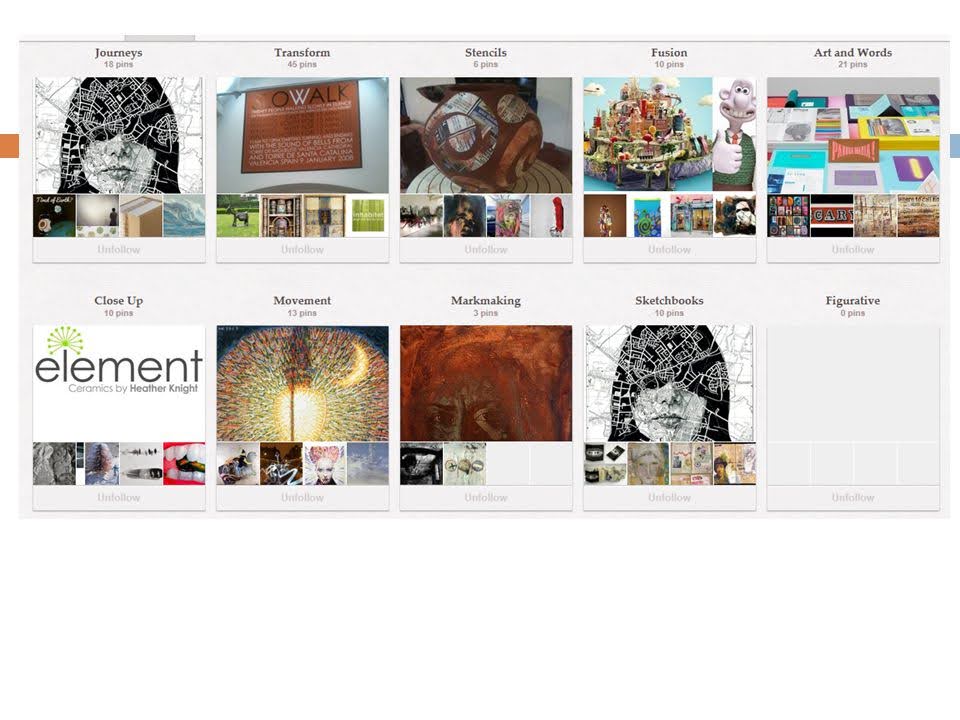
Collecting digital art presents a unique opportunity to engage with an art movement that is redefining the boundaries of artistic expression. Embracing the digital realm's new possibilities, you can become a patron of innovative artists who are pushing the boundaries of creativity and a guardian of unique artistic expressions. You can also support established masters by investing in a fraction of their iconic works offered as NFTs. For example, projects might allow you to own a piece of a Van Gogh masterpiece in NFT format, not just the works of emerging artists. The endeavor benefits both artists and those who want to collect digital art.
Let's examine the question "How to collect art online?" step-by-step
1. Define your Vision:
- Passion Project: What artistic styles or themes ignite your passion?
- Investment Potential: Are you drawn to established artists or rising stars with room for growth?
- Personal Connection: Do you seek art that evokes emotions or sparks intellectual curiosity?
2. Immerse Yourself in the Digital Art World:
- Explore Online Galleries;
- Connect with Artists;
- Attend Virtual Events or Real-life Conventions.
3. Build Your Collection with Intention:
- Embrace Diversity: Be bold and explore different styles, mediums, and price points to create a well-rounded collection.
- Emotional Connection: Prioritize art that resonates with you.
- Strategic Investment: Consider researching artists with potential for future masterpieces.
4. Cultivate a Supportive Ecosystem:
- Engage with Artists;
- Showcase Your Collection;
- Contribute to the Art Network.
Collect Digital Artwork. Spirit of the Community
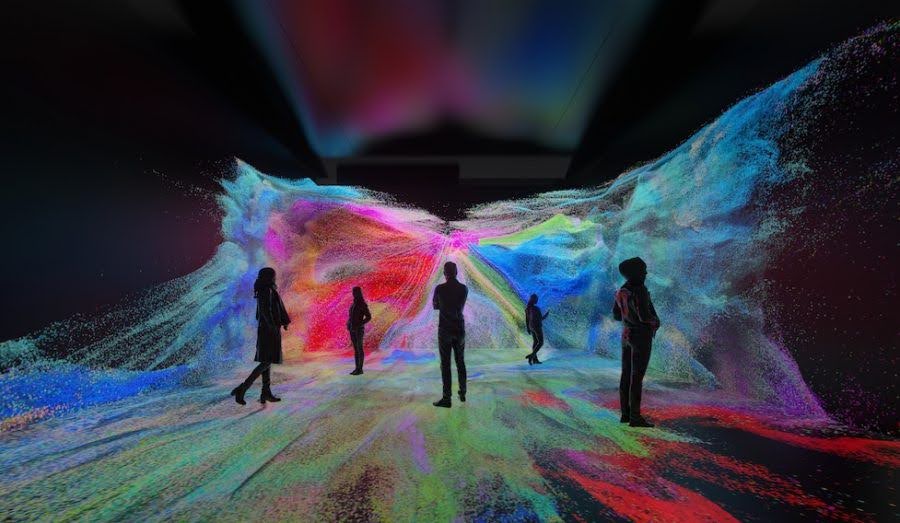
The very definition of art is being challenged in the digital age. NFTs provide a secure way to track ownership and authenticity of digital art, fostering a market for collectible digital creations. This raises questions about value, authenticity, and ownership in a new light, prompting thought-provoking discussions within the art world.
But the remaining question is how to be a part of revolutionizing the community as a collector and, in fact, collect digital artwork.
- Support with purpose: Invest in rising stars and collect art online with a message of support.
- Foster connections: Engage with artists digitally or otherwise, showcase your collection, and curate thematically to spark conversation.
- Bridge the gap: Educate others about how to collect art online and why it is important, promote sustainability, and contribute to discussions about the future of digital art.
By actively participating, your collection becomes more than just art – it becomes a catalyst that fuels the creative fire of the digital art community, contributing to its growth and evolution.
Related articles


